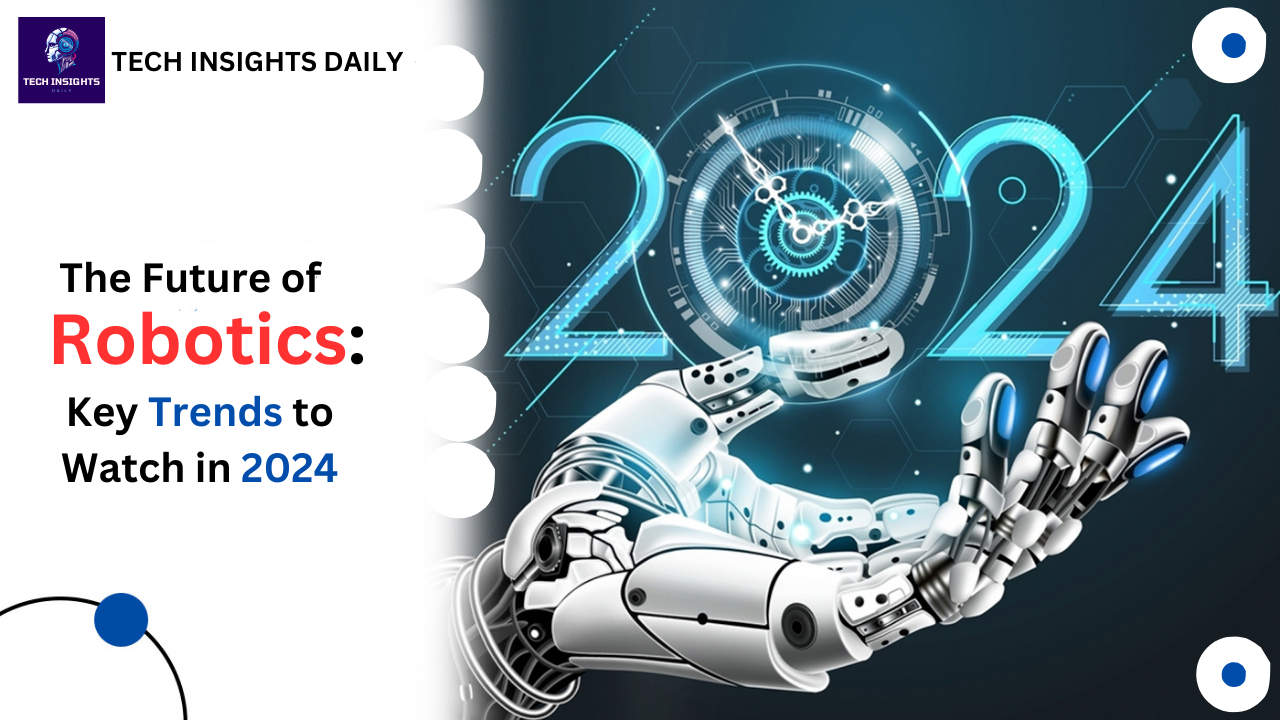Introduction
AI is a wide term but in a day and age where we are advancing so much in technology, AI is becoming a very useful way to do science. The rousing situation is when experts from different fields and industries use the chance of AI to develop their research and achieve advance results. Now is the time to take this analysis to a relative and analytical level: How is AI being applied in these different areas of research?
Health and medicine
- Drug Discovery and Personalized Medicine: AI also helps predict promising drug molecules based on large data sets. AI predicts molecular interchange as well as provides behavioral clone of drug effects, thus favour the mechanisms behind drug discovery. Precision treatment with elements of AI allows treatments to be adapt to the individual and based on their genetic factors and thus the gravity of the disease or illness and potential side effects.
- Medical Imaging and Diagnosis: Machine learning improves results in image recognition. From helping clinicians decide whether a mass on a radiology scan is hostile or to decide whether a skin venting is a form of dermatological lesion. Various deep learning algorithms are used to analyze medical images and diagnose diseases vary from cancer to Alzheimer's.
Communication and language
- Natural Language Processing (NLP): NLP algorithms understand and synthesize human language. NLP is used in chatbots, virtual assistants and language translation services. Opinion mining measures people's sentiments through social media posts, articles, and user reviews.
- Language Models and Text Generation: It should be noted that using the latest AI language model GPT-4, one can generate quite intelligent and relevant text. Most of them assist creators, perform writing tasks, and provide summaries.
Infrastructure and sustainability
- Smart Cities and Energy Optimization: Smart cities leveraging AI improve traffic flow, energy consumption and waste disposal. They act as a safety measure against infrastructure system failures hence increasing maintenance.
- Environmental Monitoring and Protection: AI is used to detect deforestation and monitoring extinctions and climate change or to detect wildlife habitats. What precision agriculture does is use artificial intelligence to get the highest productivity from farming using the least amount of resources.
Challenges and Ethical Considerations
- Prejudice and Justice: An AI model has the problem of reproducing bias that has been found in the data set used during model development. Thus, researchers are free from bias and always ensure that they publish their work with utmost fair. Subgroup representation should be carefully considered during the modeling phase.
- Privacy and Security: Artificial intelligence systems deal with confidential information. It seems that coming up with new products while protecting consumer privacy is not an easy task. Precautions should be taken to avoid misuse of black caps.
Result
AI is the way of the future in scientific research. As researchers continue to explore the limits of intelligence, the collaboration of AI professionals with scientists from other domains will determine the nature of the world of regular scientific discoveries. So watch this space for more exciting initiatives!
Keep in mind that AI is not replacing scientists, but rather expanding and enhance what they are capable of, and where they can go.











